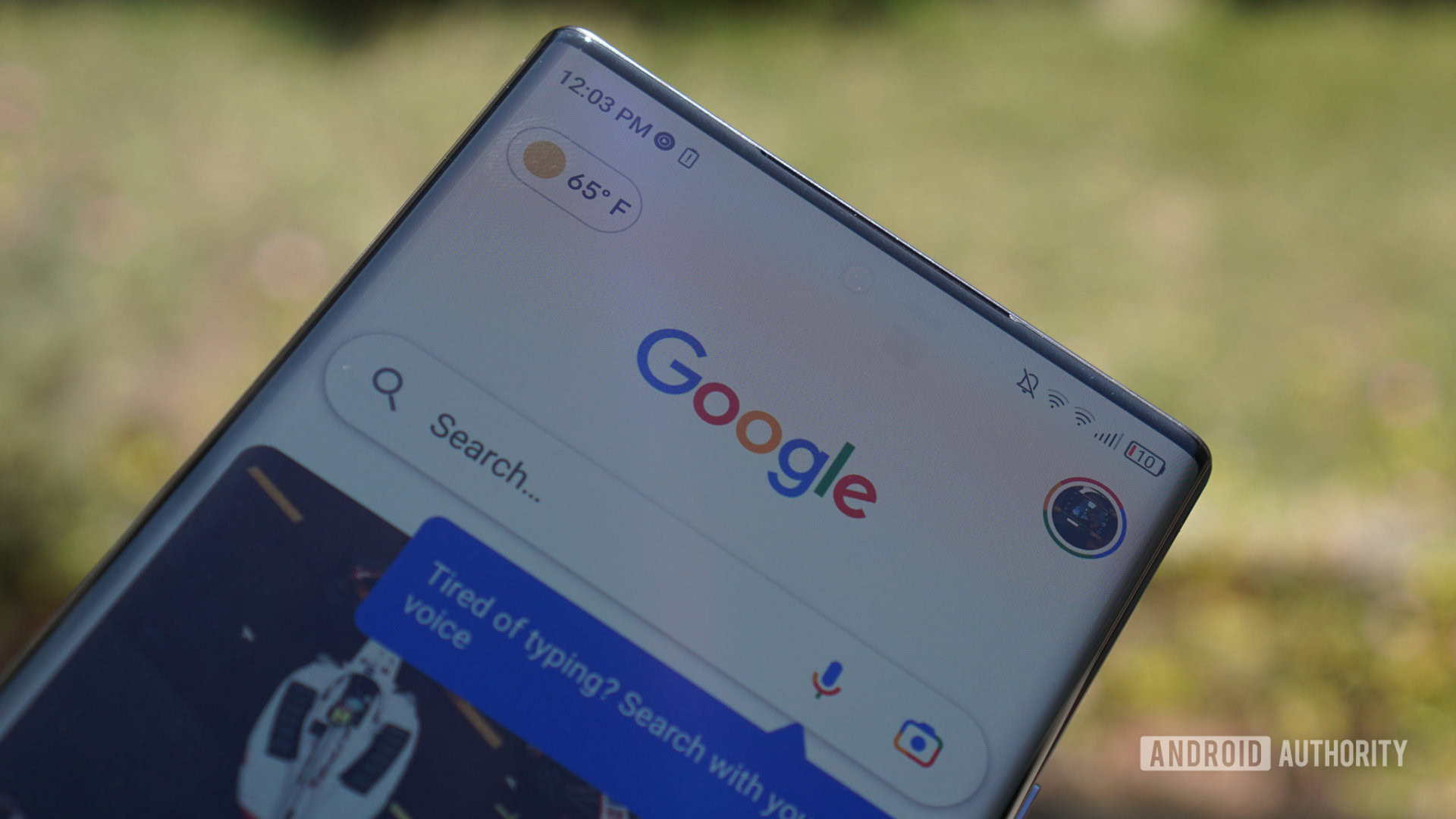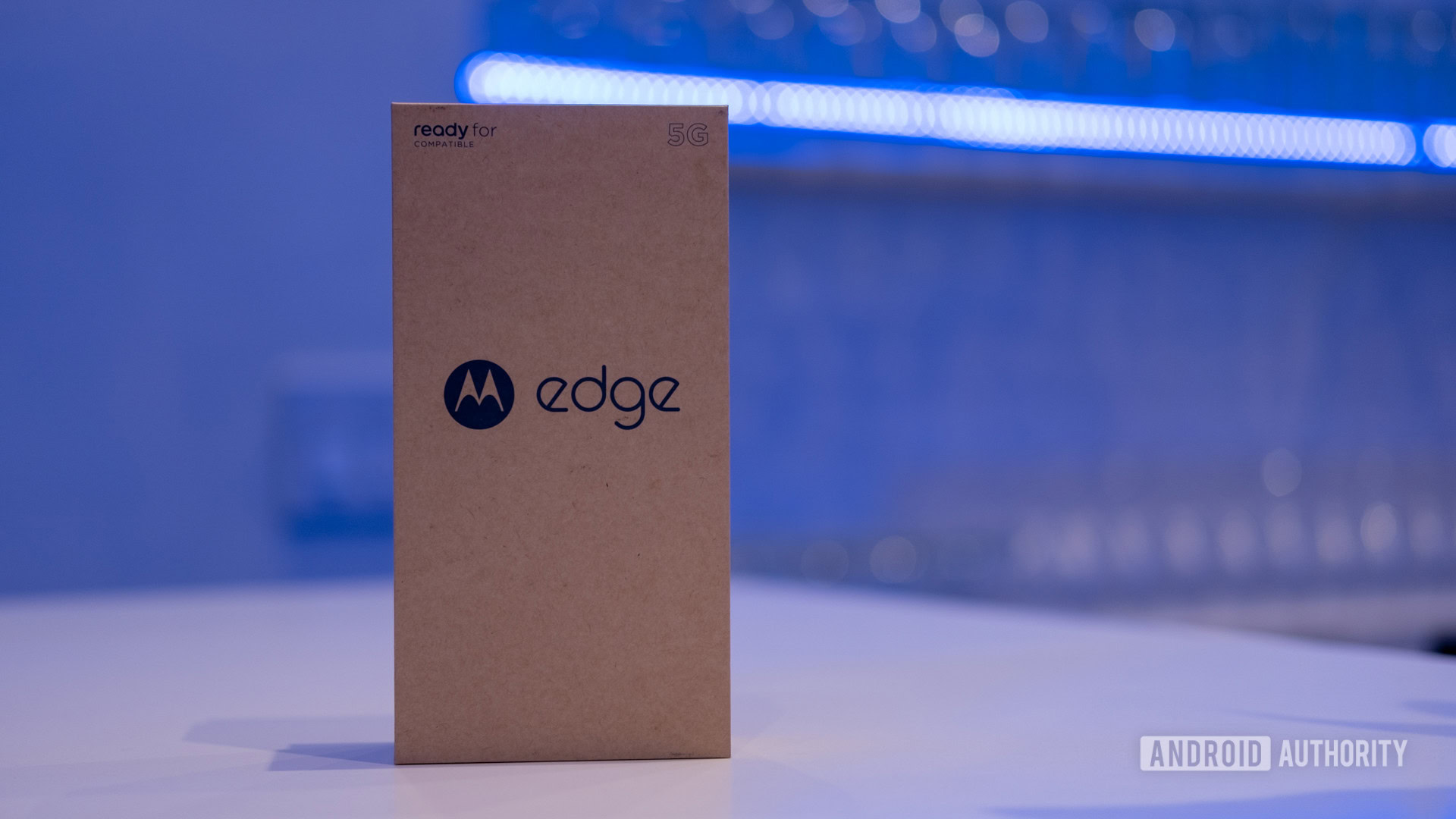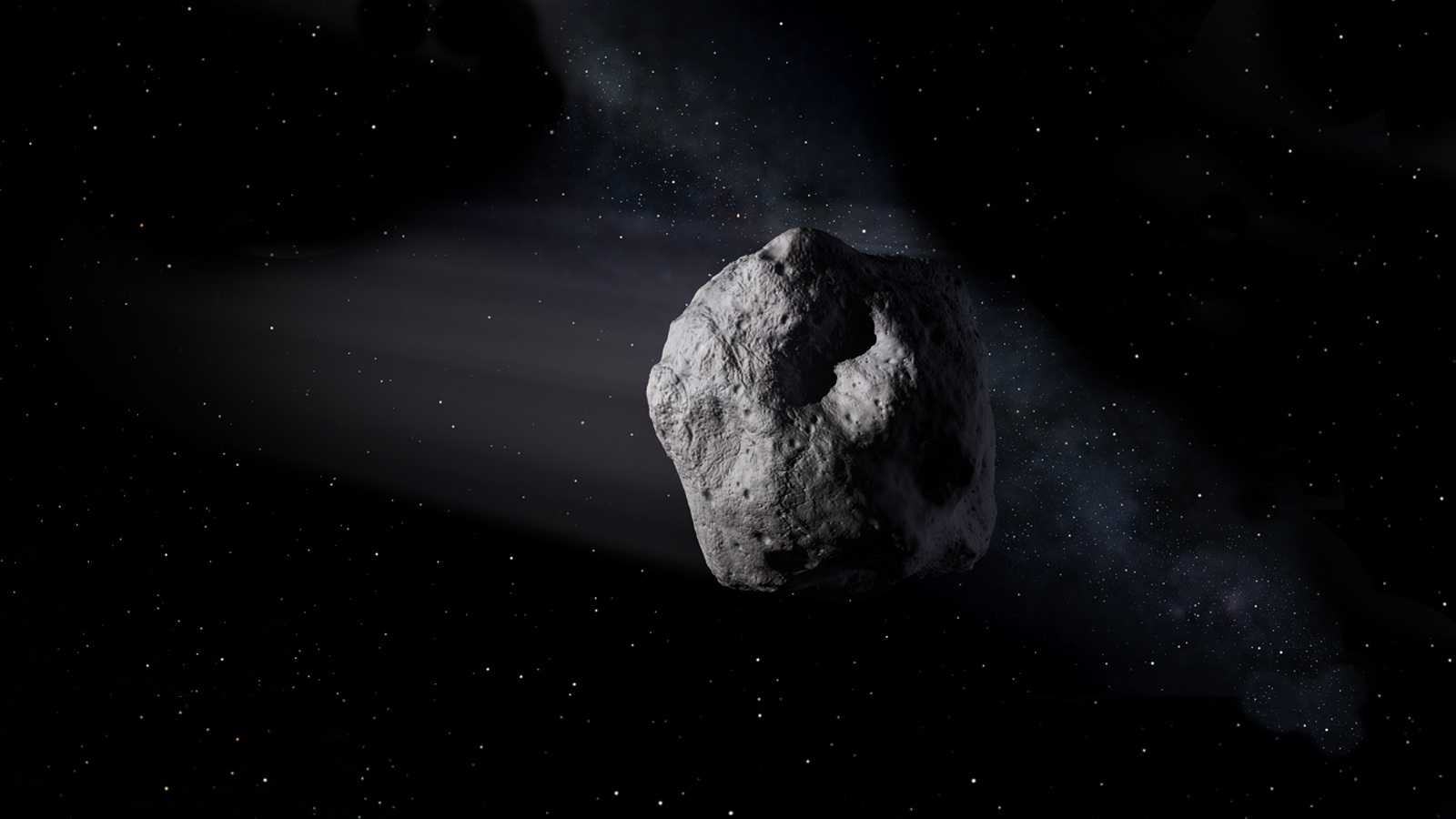Affiliate links on Android Authority may earn us a commission. Learn more.
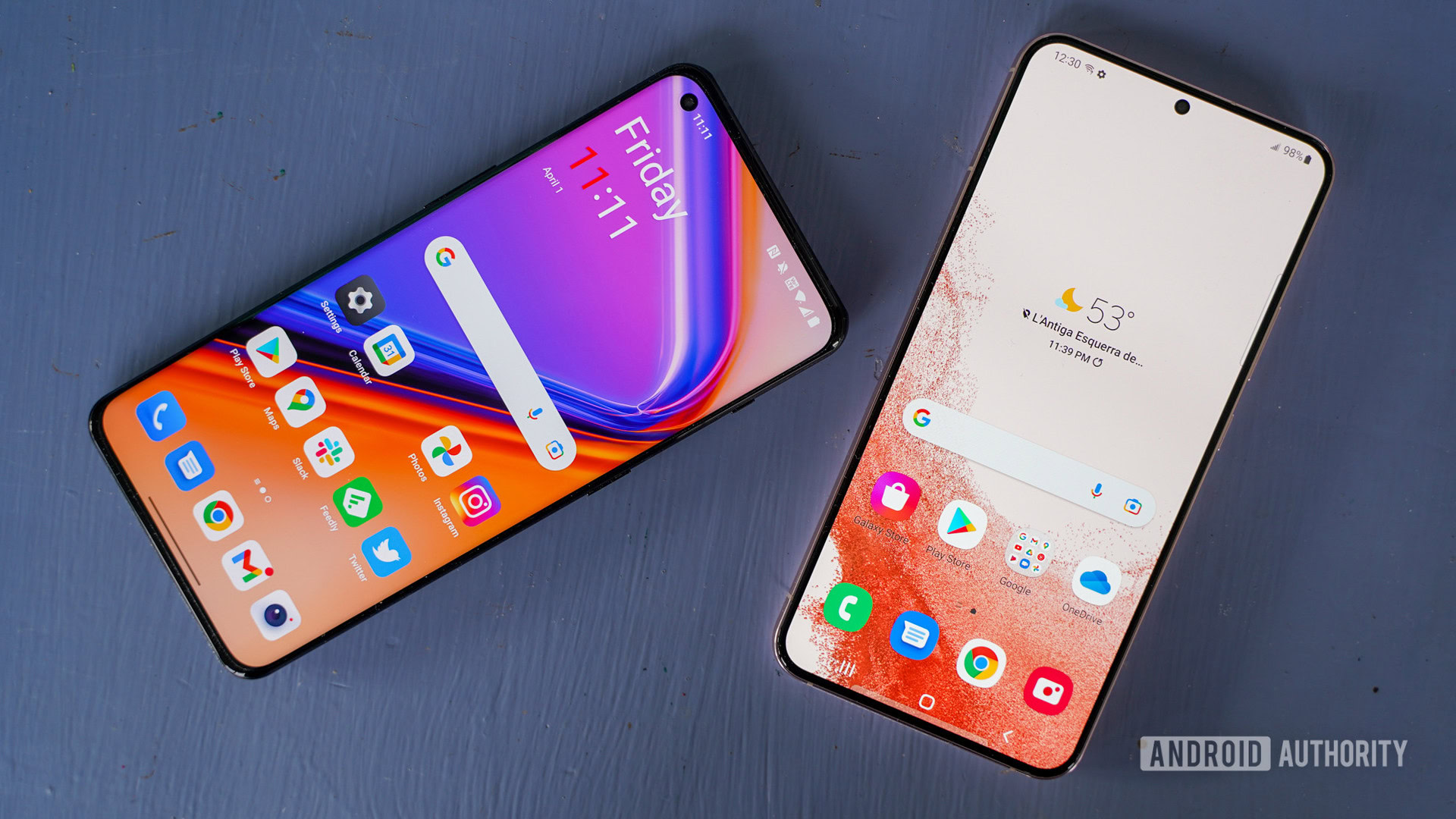
🌞 Good morning! I’ve been playing the Earth Defense Force series of games lately. It’s a fun series to play after work if you’re like me and too tired to do much thinking.
Pixel density doesn’t seem to matter anymore
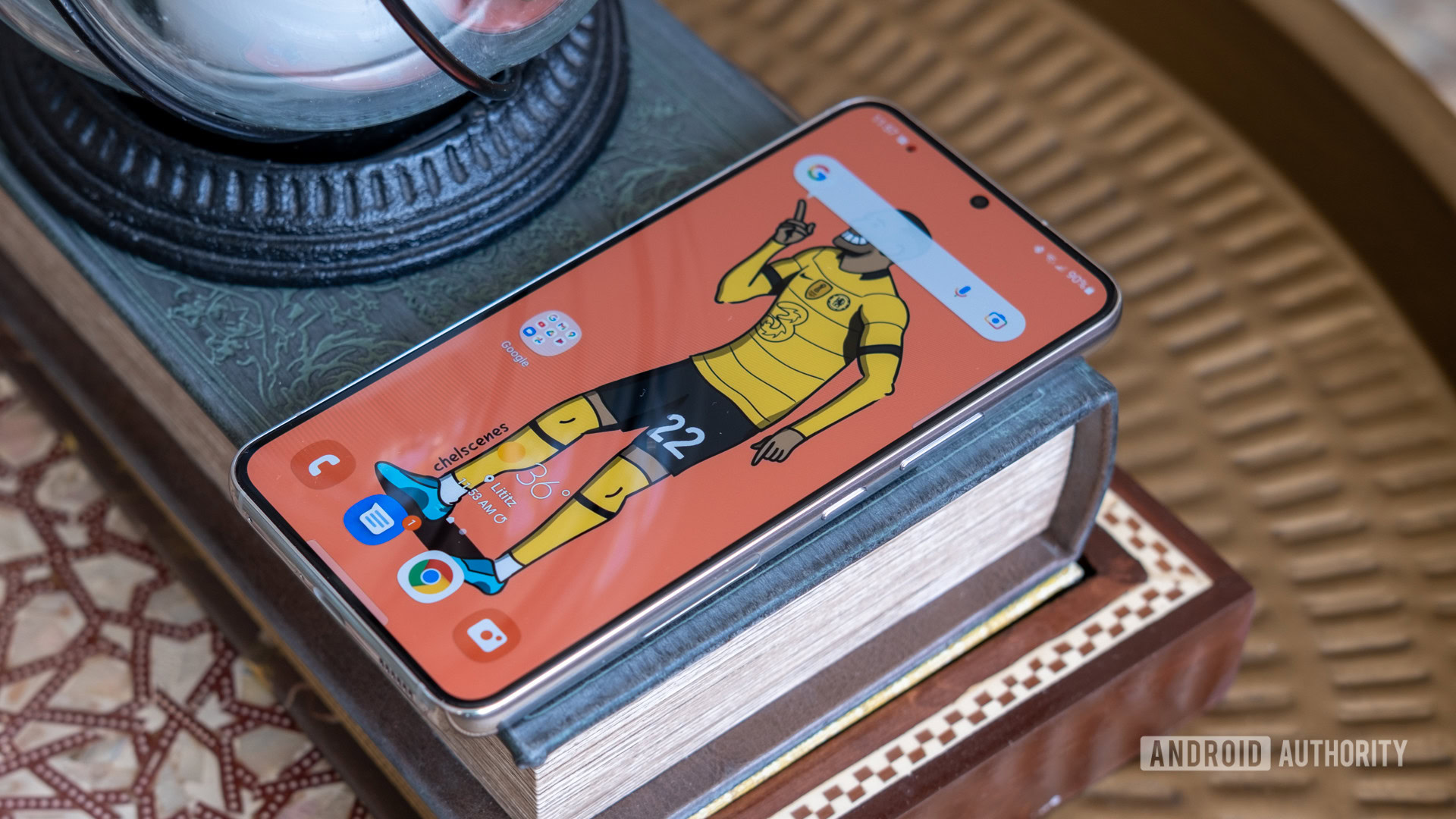
Back in the early years of modern smartphones, one of the most hyped metrics was pixels per square inch (PPI). This was effectively used to measure how many pixels were packed into a smartphone screen and therefore how sharp the display was. But my colleague Calvin Wankhede has written a great feature declaring this pixel density war to be over.
The rise of pixel density and PPI claims
- Pixel density claims have always been around the modern smartphone space, but Apple kicked this into overdrive back in 2010.
- The company touted a so-called Retina Display on the iPhone 4 back then, with a 326 PPI display.
- Android rivals all fell short of this metric at the time. The original Galaxy S released that year had a 233 PPI screen.
- Apple claimed at the time that a 326 PPI display meant pixels weren’t visible to the naked eye when holding the device at viewing distance.
- Android OEMs would hop on the PPI bandwagon in subsequent years in an apparent bid to blow past Apple’s touted measurement.
- Devices like the Galaxy S6 Edge had a QHD+ screen that delivered 580 PPI.
- Sony even launched the Xperia Z5 Premium with a 4K screen (806 PPI).
Manufacturers don’t seem to care about PPI anymore
- Calvin rightfully notes that many manufacturers have shied away from ultra-high PPI measurements and QHD+ or higher screens.
- He suggests power consumption is one reason, as our own testing back in 2019 found that QHD+ screens could consume up to 20% more power than FHD+ screens.
- This gap has likely narrowed between the two resolutions, but there are other reasons to stick with FHD+ screens.
- He points to performance, too, as higher resolution screens need more horsepower to push all those extra pixels around.
- It’s no wonder many OEMs default to a lower display resolution. Although an ongoing AA poll suggests more than a few readers switch to a higher resolution.
- Calvin also suggests that the decline in mobile VR may have something to do with the current state of play (at least partially).
- Samsung’s Gear VR and Google Cardboard require a high screen resolution for the sharpest results.
- But both of these platforms have been discontinued, meaning we’ve lost another reason to buy a smartphone with a pixel-dense display.
Other display factors are still important
- There’s more to a good display than pixel density, though, with a high refresh rate being the current trend.
- We’ve also got other factors to consider, such as brightness, color reproduction, contrast, the display type, and overall panel quality.
- This doesn’t mean that you can’t find QHD+ or higher screens on the market today, as you’ve got quite a few options.
- Examples include the Galaxy S22 Ultra, OnePlus 10 Pro, Xiaomi 12 Pro, Sony Xperia 1 IV, and vivo X80 Pro.
- Even the best cheap phones with FHD+ screens have surpassed Apple’s mythical 326 PPI metric.
- You can also read up on the differences between Retina Display tech, OLED, LCD, and more in our comprehensive guide.
Roundup
🍏 Apple iPhone 14 series launch date tipped: Looks like it could be just under a month to go (Android Authority).
🎨 Wallpaper Wednesday: Colleague C. Scott Brown’s weekly roundup of reader-contributed and team wallpapers is here again (Android Authority).
📱 Market concerns have Samsung worried it won’t sell as many phones as in 2021: The company is drastically dropping its shipment target (Android Authority).
☢ Solving the rock-hard problem of nuclear waste disposal: An interesting deep-dive into how Finland is storing high-level nuclear waste. The country’s waste storage site is designed to keep waste from reaching the biosphere for a million years (Ars Technica).
🔒 VPNs on iOS are a scam: A researcher’s post has recently gained traction after his and other tests revealed that third-party VPN apps on iOS are leaking traffic. What makes things worse is that Apple has apparently known about this issue for years (Michael Horowitz/Hacker News).
📺 Netflix’s ad-supported plan may block offline viewing, code suggests: I can understand this to an extent as the company needs to slap ads into content where appropriate. But surely it could just download some ads too when you download a movie or episode? (TechCrunch)
💾 The Pixel Tablet might run a 64-bit-only version of Android (Android Authority).
🎧 Adidas will now sell you a pair of solar-powered headphones: The $230 RPT-02 SOL headphones don’t have many features but promise up to 80 hours of battery life when not in the sun. Adidas isn’t the only player offering solar-powered headphones though, as a few other companies have joined the party too (The Verge).
📶 Verizon’s Visible creates new affordable base and premium plans (Android Authority).
📚 Amazon is killing off Kindle Store support on old Kindles: An email sent to users and shared on Reddit revealed that this affects devices that are 10+ years old. You can still send purchased books to these devices, but directly browsing the store and making purchases isn’t supported (r/Kindle).
💻 Google fixes fifth Chrome zero-day bug exploited this year: You should update Chrome as the update fixes an actively exploited zero-day flaw (Bleeping Computer).
Thursday Thing
It turns out that a second meteor may have hit Earth within a million years of the Chicxulub meteor that wiped out the dinosaurs. A team led by marine geologist Uisdean Nicholson analyzed a five-mile-wide “dimple” in the ocean off the coast of Guinea (h/t: Popular Science), concluding that it could be a crater from a meteor over 1,000 feet in width.
The team’s analysis ruled out other causes such as methane bubbles, tectonic events, or volcanoes. However, a planetary scientist on the team simulated multiple meteor strikes at varying ocean depths, eventually delivering a close approximation of the real-world crater. The team has filed an application to obtain samples from the site in order to confirm that it is a meteor crater.
Have a great day!
Hadlee Simons, Editor
